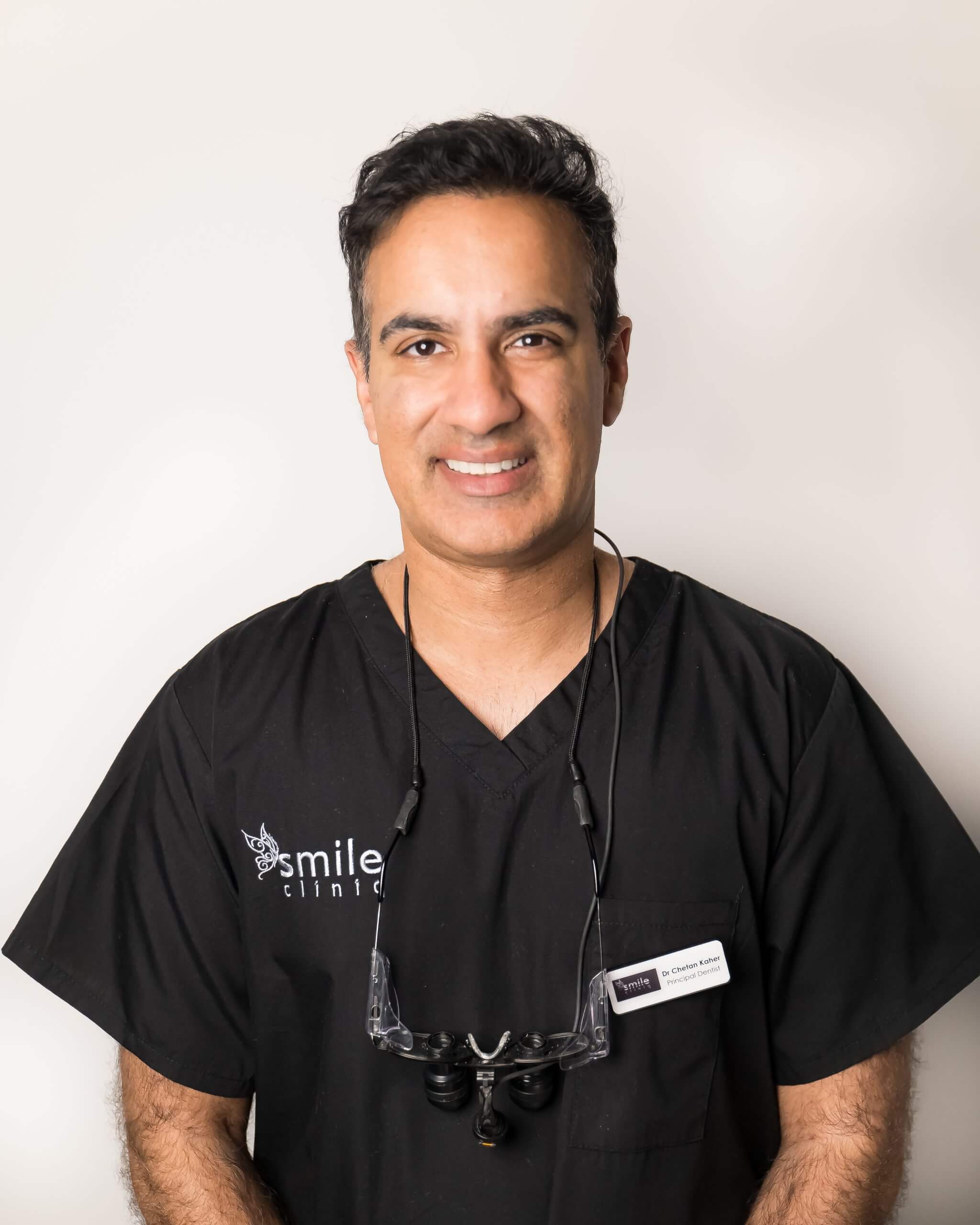Feb
6

Once your child’s first baby teeth have come in, they should already be visiting the dentist on a regular basis. This will not only help familiarise your child with the concept of dental care and the dentist’s surgery itself, but these appointments are also useful for first-time parents as they learn how to take care of their baby’s new teeth.
When it comes to orthodontic care, things are a little different. In general, NHS referrals to an orthodontist only tend to occur when your child is around 12 or 13 years old, or when all their adult teeth have all come in.
However, in some cases, a trip to the orthodontist can be made earlier. For example, if you believe that your child has issues with alignment or teeth overcrowding, taking them to see an orthodontist early can allow you to get ahead on any necessary treatments.
In this article, we’re going to go over everything you need to know about taking your child to the orthodontist, from what to expect to what issues to look out for. Let’s take a look!
When should I take my child to see an orthodontist?
Typically, the best time to see an orthodontist is when your child’s adult teeth have all come through, or around 12-13 years old. This will offer the orthodontist a clearer perspective on any jaw or alignment issues, and allow your child to get ahead on any potential treatment, or the fitting of braces where necessary.
That being said, parents who suspect that their child may have orthodontic issues before this age can still organise an earlier visit to the orthodontist. This is because many orthodontic symptoms can occur early on, such as teeth-grinding, jaw problems, and alignment concerns.
Understanding orthodontic symptoms in children
So, what are the signs of orthodontic problems that parents should look out for when it comes to their child’s dental health? Here are a few common symptoms that can indicate an underlying orthodontic problem:
Crowded teeth
Crowded teeth is one key indicator that your child may need braces in the future, and this can be caught early on as your child’s adult teeth grow in. If you notice that your child’s teeth appear pressed against each other – or if your child complains of toothache despite having healthy teeth – an appointment with an orthodontist might be in order.
Speech issues
Many children who experience difficulties with speech are actually navigating dental problems, whether it be misalignment, jaw concerns, or an underbite/overbite. If your child struggles with speaking, or has a prominent lisp, this may signal an orthodontic problem, and warrants a trip to the dental surgery.
Teeth grinding and jaw clenching
Teeth grinding (also known as Bruxism) is an orthodontic condition which can lead to headaches, enamel erosion, and increased tooth sensitivity. Bruxism can also lead to the development of TMD (Temporomandibular joint disorder) if not treated, so it’s a good idea to head to an orthodontist if your child grinds their teeth. Teeth grinding can be linked to anything from stress to alignment problems, so a visit to the orthodontist can help clear things up and determine an appropriate course of action.
Jaw clicking
Another key indicator of orthodontic issues in a child is jaw clicking; this will usually present as a gentle popping noise, and is typically associated with issues in the Temporomandibular joint. Jaw clicking may also come with limited jaw movement and discomfort, which can also be a sign of TMJ problems. If your child experiences any of these symptoms, a consultation with an orthodontist is highly recommended, no matter their age.
Thumb sucking age 5+
While thumb sucking might be seen as a harmless self-soothing method for young children, chronic thumb-sucking in children over the age of 5 can actually push the upper teeth forward, causing alignment issues or an overbite. If your child sucks their thumb after the age of 5, a trip to the orthodontist will be useful in determining whether any braces may be necessary in the future.
Read Next: Orthodontic Treatment for Kids
How early can you tell if a child will need braces?
In general, most children who need braces get fitted at around 12-13 years old. This is because dental appliances are generally less effective in older teenagers and adults, as the jaw and teeth are less malleable with age.
That being said, it is possible to tell whether a child may need braces in the future by looking for common orthodontic symptoms early on. Crowded teeth, speech problems, jaw clicking, and teeth grinding can all signal underlying issues which may require orthodontic treatment.
Award-winning Orthodontist in St Johns Wood
If you’re looking for an orthodontist St Johns Wood, look no further than Smile Cliniq. Awarded the title of Best Young Dentist at The 2021 Dentistry Awards, our expert team can help with all orthodontic issues in both adults and children, whether it be alignment issues, an overbite, or overcrowding. Contact our practice today on 02045270108 or book a consultation online, and take one step closer to the perfect smile!
Keep Learning: Why Early Orthodontic Treatment is Important?










